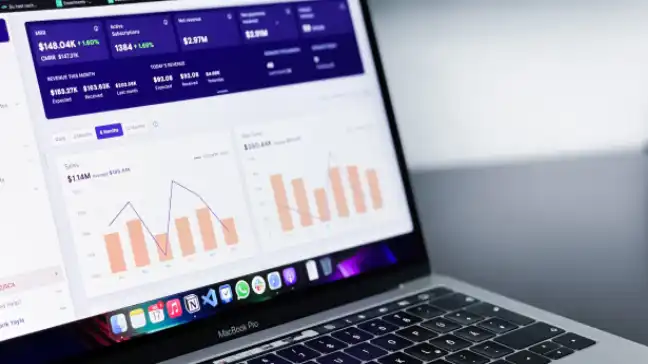Introducing the Learning Path to become a Data Scientist in 2020!
Learning paths are easily one of the most popular and in-demand resources we curate at the start of the new year. We’ve received a ton of queries recently asking when we would be releasing the learning paths for 2020.
And here we are – we are thrilled to present the first learning path of 2020 for our community!
Get Personalized Learning Path! Set your goal and timeline. Get a path—under 2 mins.
The learning path for 2020 is the ultimate and most comprehensive collection of resources put together in a structured manner. This learning path is for anyone who wants to make a career in data science. So whether you are a fresher, have a few years of work experience, or are a mid-level professional – this data science learning path is for you.
This year, based on the wonderful reception we received last year, we have expanded the scope of these learning paths. We will be releasing 4 different learning paths, each focused on where you stand in your learning journey:
- The Learning Path to become a Data Scientist and Master Machine Learning in 2020
- The Learning Path to Master Deep Learning in 2020
- Natural Language Processing (NLP) Learning Path
- Computer Vision Learning Path (9th January)
Why you Should Enroll in this Data Science Learning Path
There are way too many learning resources out there. I’m sure anyone who has tried to study from different sources will understand this. It can be overwhelming for anyone starting out, regardless of where you stand in your career.
And hence we created these learning paths.
We take away the pain, time and effort of going through hundreds of resources on data science, machine learning, deep learning, Natural Language Processing (NLP) and Computer Vision. Our aim is to bring forward the best learning resources for you to help you streamline your data science learning journey.
You can access the complete and most comprehensive learning path to become a data scientist in 2020 here. You would need to register yourself on the Courses platform to enroll yourself. This will enable you to keep track of what you have covered as you progress in your machine learning journey.
Summary – Learning Path to become a Data Scientist in 2020
Here’s a summary of what you can expect to learn (and the steps you should follow) using this learning path:
- Getting Started with Data Science and Python: The start of your journey to becoming a data scientist! Understand what a data scientist does, the various terms associated with data science, and start getting acquainted with the Python programming language
- Statistics and Mathematics: The backbone of data science. Some of the key concepts you’ll cover are probability, inferential statistics, and get a hang of how to perform exploratory data analysis (EDA). This will also include the basics of linear algebra (another core machine learning topic)
- Machine Learning Basics: Welcome to the world of machine learning! This section is all about introducing you to the basic machine learning algorithms and techniques, including linear regression, logistic regression, decision trees, Naive Bayes, support vector machines (SVM), among others
- Ensemble Learning: Time to deep dive into advanced machine learning topics. Understand what ensembling is, the different ensemble techniques, and start working on datasets to gain a hands-on practical experience
- Time Series: One of the more complex topics in this space. This deserves an entire section by itself so we have also included a hands-on project to get you familiar with the various time series concepts and how they work in the real-world
- Matrix Algebra and Recommendation Systems: Why matrix algebra, you ask? Well, you can’t really get serious about learning how recommendation engines work without it! So this section, covered in June in the learning path, is all about these two trending and relevant concepts. This will cover dimensionality reduction techniques like Principal Component Analysis (PCA) along with recommendation engine projects
- Neural Networks (and Deep Learning): Yes, deep learning is part of the data science learning path. Given the rapid rise and adoption of deep learning applications, this is potentially a very relevant part of your role as a data scientist. You would learn about neural networks and will also pick up a popular deep learning framework called Keras (you can choose others based on your preference – such as PyTorch)
- Computer Vision: Computer vision is easily the most in-demand deep learning field in the industry. After you’re familiar with the above section, dive into different kinds of computer vision problems and learn as you go
- Natural Language Processing (NLP): The hottest field in any industry. Businesses are tripping over each other to land the best NLP talent – this is a great time to start working in NLP! From Google’s BERT to Facebook’s RoBERTa, start getting acquainted with the state-of-the-art NLP frameworks
As mentioned above, you can access the full data science learning path here. Register yourself and begin your machine learning journey today! You can track your progress throughout the year as you check off milestones and inch closer to your dream role.
We have also provided an illustrated version of this data science learning path below which paints a month-by-month picture. You can print this out and use this as a checklist. And if you put forward your best efforts and follow this learning path – you’d be in a great position to start cracking data science interviews by the end of 2020.
You can download a high definition version of the infographic here.







